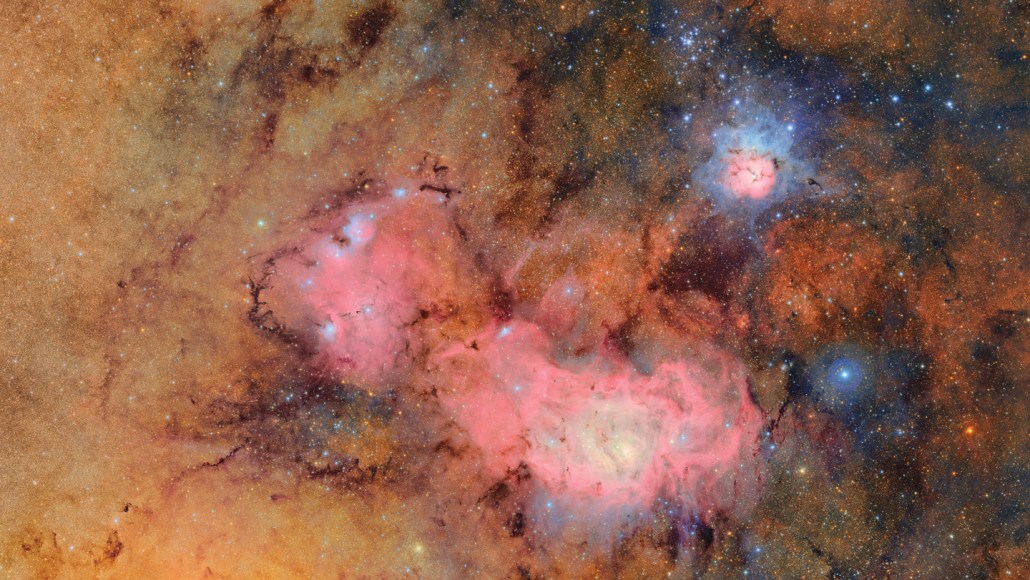
Space
These space stories made us look up in 2025
Space is always inspiring and 2025 was no exception, with finding Betelgeuse’s buddy, debuting a prolific survey telescope and more.
Every print subscription comes with full digital access

Space is always inspiring and 2025 was no exception, with finding Betelgeuse’s buddy, debuting a prolific survey telescope and more.
We summarize the week's scientific breakthroughs every Thursday.
People who use search engines develop deeper knowledge and are more invested in what they learn than those relying on AI chatbots, a study reports.
After a decades-long hiatus, new world screwworm populations have surged in Central America and Mexico — and are inching northward.
Math and physics explain the anguish of a golf ball that zings around the rim of the hole instead of falling in.
Scientists found thousands of patterned fish nests in Antarctica’s Weddell Sea, boosting calls for marine protected areas.
The story of Atlantic hurricanes is treading a familiar — and frightening — path: Climate change is fueling huge, slow-moving, rain-drenching storms.
With a high-speed camera and a tiny guillotine, scientists showed that chopping onions slowly and with sharper knives cuts down on tears.
The growth spurt hints that the free-floating object evolves like a star, providing clues about rogue planets’ mysterious origins.
A nearly 20,000-year-old woolly rhino horn reveals the extinct herbivores lived as long as modern-day rhinos, despite harsher Ice Age conditions.
AI edits to the blueprints for known toxins can evade detection. Researchers are improving filters to catch these rare biosecurity threats.
Subscribers, enter your e-mail address for full access to the Science News archives and digital editions.
Not a subscriber?
Become one now.